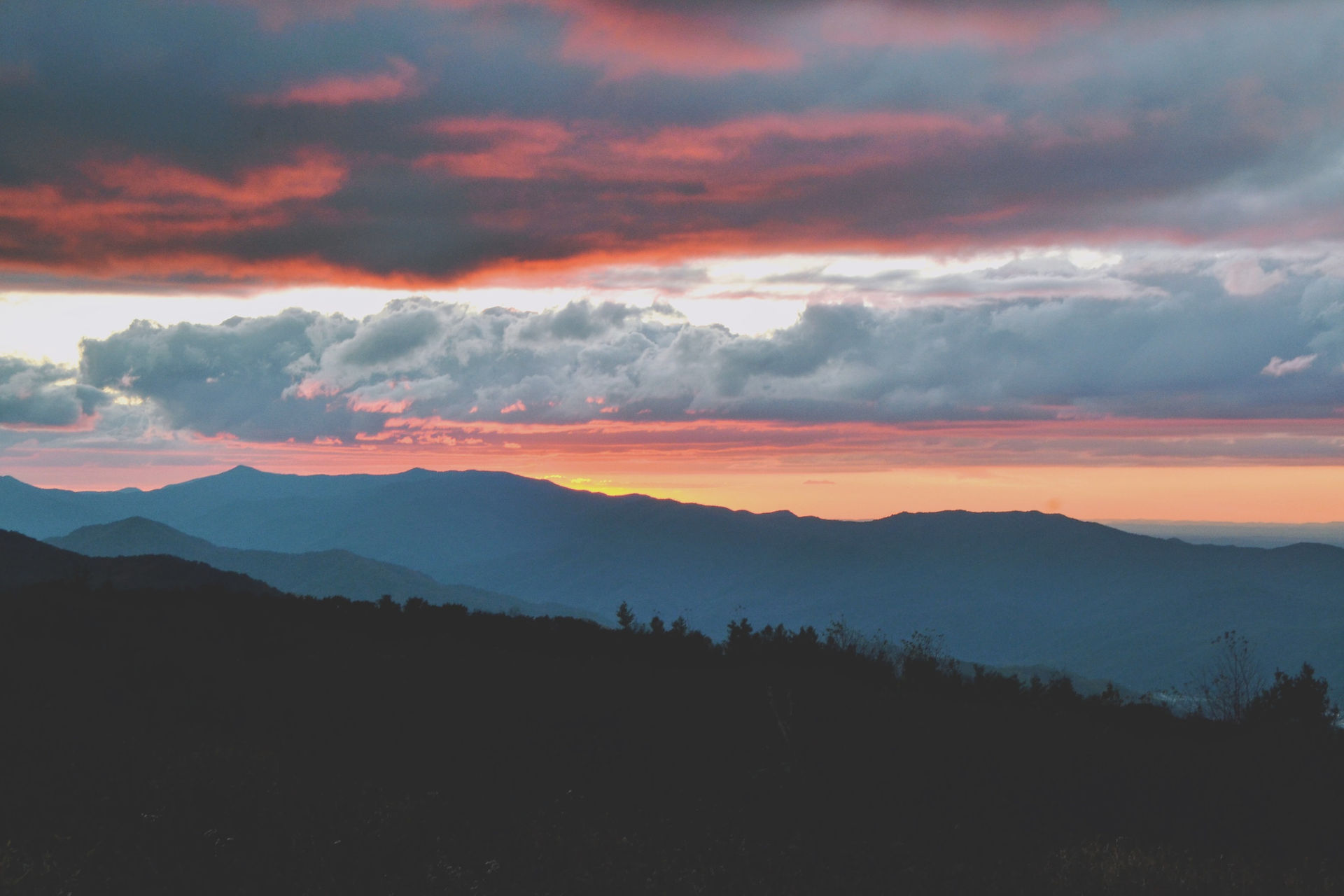The dulcimer: A hidden Appalachian gem
- Marisa Sardonia

- Apr 24, 2023
- 3 min read
Updated: Apr 25, 2023

The dulcimer is as loyal to the Appalachian region as moonshine – developed and crafted by the local people for centuries. This unique instrument produces a soft, mellow noise through the plucking or strumming of its strings that generates a distinct sound. It is most commonly associated with folk music and melodies, but can be used in almost any genre, such as rock, blues and country.
It is known by a variety of different nicknames, such as the mountain dulcimer, lap dulcimer and hog fiddle, among others. This instrument is sometimes confused with the hammered dulcimer, a percussion stringed instrument made up of horizontal strings placed over a sound board. Jerry Read Smith, a hammered dulcimer player and owner of Song of the Wood in Asheville, N.C., says that the hammered dulcimer also produces an ethereal sound, and can span through a wide range of music genres just as its Appalachian variant does.
The Appalachian dulcimer looks rather different though, and its build requires very particular woodworking tools and techniques. Luthiers – stringed instrument builders – craft the dulcimer by cutting and shaping wood pieces, then assembling the body. With this, the fretboard is shaped, and the necessary hardware is installed leading to the completion of the instrument.
Stephen Seifert, a celebrated dulcimer player and folk musician, believes that no one can specifically estimate when the dulcimer came to existence. The instrument’s structure is simple and has likely been used for centuries.
“These instruments don’t seem to go away,” said Seifert. “Nobody really knows when a dulcimer-like instrument was invented – it’s too basic.”
The history of the dulcimer in the Appalachian region is even more difficult to pinpoint, as a significant portion of Appalachian history has been passed down through spoken word over the past few centuries. So, because there are very little Appalachian historical records regarding the dulcimer, the legitimate origins of it are purely speculative.

The miniscule bits of early Appalachian history that exist postulate that the dulcimer was used sparingly during the late 19th and early 20th centuries, found sprinkled in small unincorporated areas in the South. But, by the end of the 1800s, the Appalachian dulcimer had made its name clear to the people. Communities enjoyed its joyful sound and attributed the instrument to gatherings and togetherness.
The dulcimer progressed through the 1950s and 60s in the folk music world and has since evolved to be used in the rock and pop genres. The Rolling Stones and Cyndi Lauper, for instance, both utilized the dulcimer in their work in the latter half of the 20th century. Joni Mitchell, a famous female folk musician, also played the dulcimer on her universally acclaimed 1971 album “Blue.”
Bing Futch, a well-known and respected musician, has helped elevate this notable instrument, with his contributions spanning over the past two decades. He states that dulcimer culture has been uplifted well into the 21st century, as learning and sharing music has been made much simpler through the many Internet platforms at our disposal.
Futch believes that those in the mountain dulcimer scene are called to do three things: preserve its legacy, present the music by playing, and promote it by sharing. The dulcimer community is driven to spread the beauty that is found within the fretting of strings.
“I think that the number one thing that strikes me about this scene is that most people who are in it are not there casually,” said Futch. “People are bitten by the bug – either they don’t know about it, or they just fall in love with it.”
The dulcimer is an incredibly valuable piece of the art, culture and overall identity of the Appalachian people. As it passed down through generations of musicians, it became a staple for the region. Each pluck of each dulcimer is reminiscent of the rich heritage and sublime scenery that flows throughout the land.
“Play if you want to play it, play it like you mean it, and do it because you love it.” said Seifert. “The best thing you can do to keep something alive is love it and share it, and not worry about it.”
Photograph of 18th century Appalachian Dulcimer from Metropolitan Museum of Art. Second photograph taken by Bridget Leary.




Comments